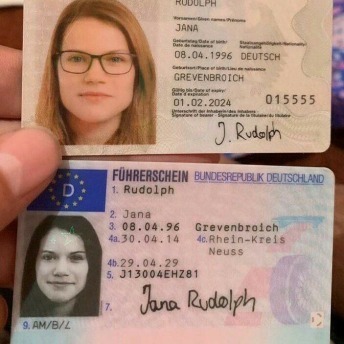Learning to Drive Without a Test: Exploring Alternative Courses in Driver Education
In an age where benefit and innovation control the landscape of education and skills acquisition, the traditional design of finding out to drive-- completing an extensive test to make a driver's license-- has actually come under scrutiny. For numerous, the process of getting behind the wheel, studying hard, and passing both a written and useful driving test can be daunting. However, emerging trends and alternative approaches to driver education suggest that there may be ways to discover to drive without feeling the pressure of a formal testing environment.
Understanding the Traditional Model
Traditionally, earning a driver's license requires potential drivers to go through a series of tests developed to assess knowledge and useful skills. These include:
Written Test: This examines understanding of the rules of the road, traffic signals, and safe driving practices.
Practical Driving Test: Applicants need to show their ability to operate a car securely and in accordance with traffic laws.
While this design guarantees that all chauffeurs fulfill a minimum standard of proficiency, it can be a source of stress for many learners. The fear of failure, integrated with the logistics and cost related to testing, can prevent individuals from acquiring their license entirely.
Alternative Methods of Learning to Drive
Driving School Innovations: Many driving schools have started to offer more tailored education programs that enable trainees to learn at their own rate. These programs often consist of one-on-one direction with licensed driving trainers who concentrate on building confidence instead of pushing trainees to pass a test. Some contemporary driving schools even include online modules where students can study the rules of the roadway in a more relaxed setting before stepping into the car.
Simulated Driving Experiences: Advances in innovation have caused the development of advanced driving simulators. These can offer valuable experience without the threat of accidents. Learners can practice their abilities in different weather, traffic situations, and driving circumstances that they may not come across in normal driving classes. This hands-on technique to knowing can enhance a student's proficiency and confidence behind the wheel.
Peer-to-Peer Learning: Informal driving practice with friends or household members can likewise serve as a feasible option to conventional techniques. While this approach does not totally get rid of the requirement for formal testing, it permits individuals to gain convenience and experience behind the wheel without the stress and anxiety of a main assessment. Friend or family can provide assistance and feedback, making the finding out procedure less challenging and more helpful.
Versatile State Regulations: Some areas are starting to reconsider their necessary testing policies, particularly for particular demographics, such as veterans or individuals with disabilities. deutschland führerschein kaufen www.fuehrerscheinn.com show a growing acknowledgment that life experiences and driving habits might not always align with traditional testing requirements. Advocacy for a more holistic technique to evaluating driving proficiency is becoming a subject of conversation in many legal circles.
Private Certifications: In specific areas, individuals may explore options that focus more on mentorship and safer driving habits rather than traditional tests. Certification through neighborhood programs or recognized organizations that back experiential learning could motivate safe driving while bypassing the standard testing route.
The Benefits and Drawbacks

While learning to drive without an official test uses many possible benefits-- such as reducing stress, cultivating a more inclusive environment for learners, and concentrating on competence over testing stress and anxiety-- it likewise raises issues. Critics argue that getting rid of formal evaluations could cause inconsistencies in driver readiness, possibly compromising roadway security.
Moreover, traditional testing serves not just as an evaluation of abilities, but as a standardized benchmark that guarantees all drivers have the essential knowledge to browse the roads safely.
Conclusion
The landscape of driver education is evolving. As alternative techniques of finding out to drive gain traction, striking a balance in between versatility and security is vital. While it is clear that there are opportunities for finding out to drive without the pressure of a formal test, ensuring that all drivers preserve a high requirement of safety should stay a priority. In the future, we may see more tailored methods to driver education that accommodate various learning styles, ultimately causing much safer, more positive motorists on our roadways.
